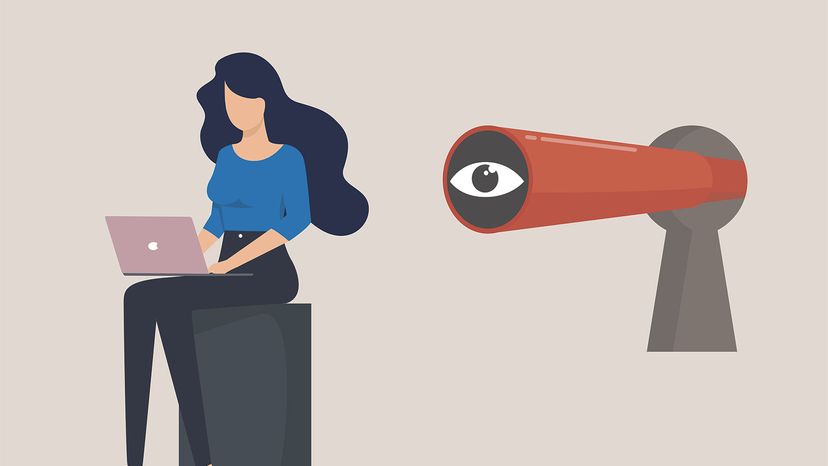
Even pre-2020 isolation, researchers were touting the importance of making time for friends. “Very few people understand that your social relationships can actually change your health,” explained researcher Lydia Denworth in a February 2020 NPR interview. “They can change your cardiovascular system, your immune system, how you sleep, your cognitive health.”
She also explained that meeting face-to-face was part of the benefit of friendships. “Looking at a person face-to-face, in person, your brain responds differently even if you look at that same person on a screen, and certainly if you’re online and not looking at their face.”
So if friendships can help you to live longer and in-person time trumps virtual meetings, rebuilding a sense of connection lost during the pandemic can be a key component of a healthy, happy life.
Now that travel is possible again, here’s how to rebuild and even enhance the sense of connection you may have lost over the past few years:
Go Into the Office
If going into the office is possible for you, I recommend taking advantage of that option at least once a week. Although you may not be as productive when you’re on site versus working from home, many of my time-management coaching clients have said that they find it beneficial for their mental health to go into the office on a weekly basis.
Even if you’re not close friends with your coworkers, you can still enjoy the camaraderie of being around people who you used to see every weekday. To fully benefit from this as a social connection time, try to have lunch or coffee with coworkers, or a friend in the area who you might not see on work-from-home days.
Reach Out to Old Friends
If you lost touch with some friends because of COVID-19 restrictions, meeting places shutting down, or simply the overwhelm of remote work (and for some, home schooling), it’s time to rekindle those friendships.
Write down a list of everyone who you used to enjoy getting together with—even if it was just meeting up every few months. Then decide who you want to reach out to, and see if they might want to get together in the next month. Send them a text or email and then see who gets back to you and is available. If you’re just easing into more socializing, you might want to aim for getting together with friends about every other week to start. As you get accustomed to that, you can then add in more socialization.
And if you’re worried that people probably won’t want to hear from you, you’re probably wrong. Research shows that people tend to be much happier and more appreciative of hearing from us—even if it’s been a while—than we would expect.
Get Involved
If your current Rolodex of friends isn’t quite enough to make you feel connected, then it could be time to get more involved in your community.
One potential way to do so is to join a group of people who are doing something you’re currently doing on your own. For example, if you’re a runner or a hiker, you could find a running or hiking group on MeetUp.com to do those activities with others. I’m a swimmer, and I find that participating on a swim and triathlon team not only challenges me, but also provides some nice social connection. On Saturday mornings, we’ll swim and then go out to breakfast at a local diner.
You might also want to consider volunteering in order to do something positive, and potentially make new friends. For example, I volunteer at the nursery at my church, and it’s a great way to not only play with cute babies, but also get to know the other volunteers. You might enjoy pitching in on a neighborhood cleanup day or walking dogs at an animal shelter. Pick something fun for you and where you can get to know others with a similar interest.
Be Friendly
It sounds obvious, but sometimes you don’t even need to do something new; you just need to be more friendly within your current context.
For example, maybe you are going into the office, but you’re not really chatting with anyone because you’re new since COVID-19 or the people you knew aren’t there anymore. Next time you’re washing your hands in the bathroom and someone is there at the same time, you could say something like, “Hello! I’m [name]. I just started in 2021, so I don’t know that many people yet. How long have you been with the company?” Or you could say, “Hello! I’m [name] in finance. Which department do you work in?”
You likely won’t have a very long conversation. But the next time you run into this person in the hallway or bathroom, you’re likely to at least get a smile and a, “Hi!,” and it starts to increase your sense of connection. In time, the conversation could grow.
When you’re volunteering, you can ask to be put in opportunities where you’ll interact with others. And you can also try to connect a bit more within group activities. For example, I attend an exercise class in which in the down time before class, a lot of people awkwardly stare into space or are on their phones. I decided if I wanted to talk to people, I would need to break the ice. I randomly asked one of the other women how her day was, and we struck up a nice conversation. Now when I go to that class, it’s easy to say, “Hi!,” to her. We likely will never have a deep friendship, but it’s still nice to have a sense of community at places you go regularly.
Cultivating a sense of connection isn’t always easy, but it is worth it. With these strategies, you can regain the sense of community you lost over the last couple of years and live a healthier, happier life.





